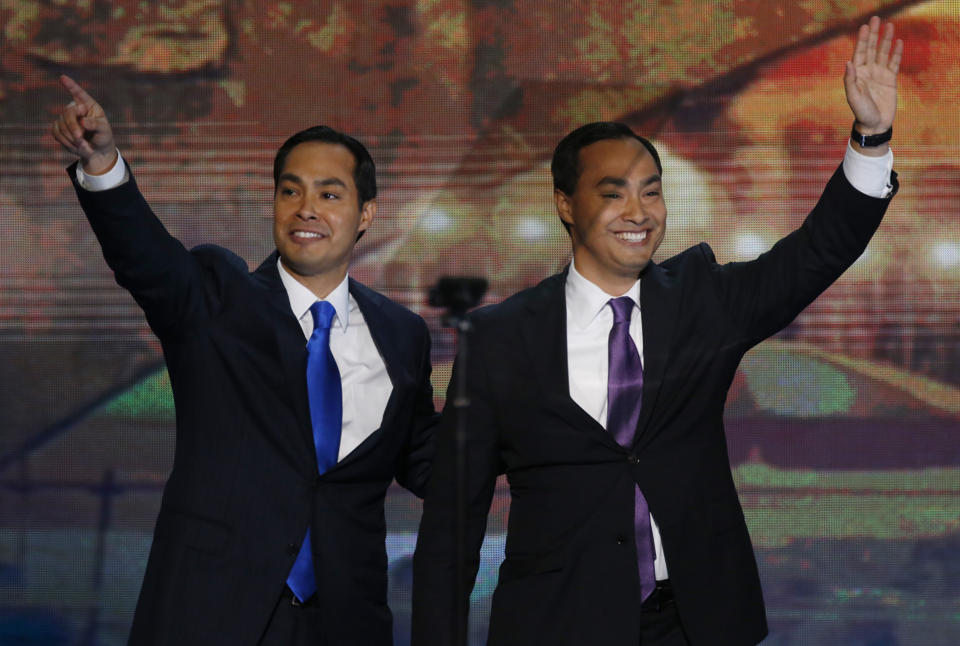GRAMMY AWARDS

Some of the most popular musicians representing many generations, from Bruno Mars to Katy Perry to Paul McCartney and Ringo to Taylor Swift received their industry's highest recognition.
For the rest of us, it's an opportunity to see and hear some of our favorite stars. But other than live performances, what music do we listen to? Gone are the simple days of the Victrola, the home stereo system, and the Walkman. With the demise of record stores and the advent of digital sound, music fans have a dizzying array of choices as to where they get their music and how they listen to it.








